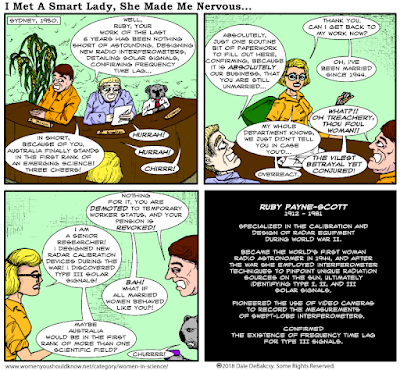It may have been something like this 1947 receiver. But with a smaller CRT.
Hack-A-Day has an article about early (1930s) television. I was immediately reminded of a January 1973 Jean Shepherd show on WOR New York in which Shep talks about a kid in his neighborhood who built a very early television receiver. You can skip to about the 18 minute mark for the homebrew radio and television stuff.
In the 1973 show, Shep identifies the builder as John Anderson. The Flicklives web site lists the hams who lived around Shep in Hammond Indiana. Among them is John Stanley Anderson W9YEI. That's him.
Shep was born in 1921 and in the show he says this all took place when he was 16 or 17. So that would place these events around 1938. We see that on February 2, 1939 W9XZV -- the experimental station of Zenith Chicago -- went on the air with television. In August 1940 W9XBK, the experimental TV station of WBKB Chicago went on the air. That station was the one Johnny Anderson used to demonstrate TV to Shep and other friends.
Once again, Shep really captures the spirit of homebrew radio and the way it really captivates teenagers. He also explains -- very well I think -- the difference between true homebrew radio and kit building.
I really wish we had more details or pictures of W9YEI's TV receiver. I tried looking in the IRE Journal, but I couldn't find anything. Anyone have more info on this receiver or ham homebrew TV projects from the late 1930s?
EXCELSIOR! 73 Bill
https://hackaday.com/2022/04/10/retrotechtacular-a-diy-television-for-very-early-adopters/
https://soldersmoke.blogspot.com/2008/07/best-jean-shepherd-ham-radio-episode.html
http://www.flicklives.com/index.php?pg=318
https://www.earlytelevision.org/w9xbk.html



































